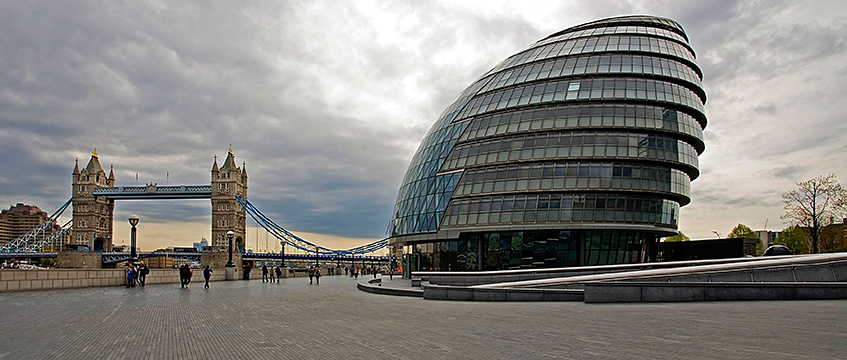The GLA has released its Housing in London report, an annual account and in-depth look at the capital’s housing market. Key patterns and trends are summarised across a range of topics.
The bulky 121-page document is the evidence base for the mayor’s London Housing Strategy, a crucial part of the London Plan.
On the whole, in terms of housing supply it’s a very positive story, with provisional GLA estimates revealing more than 40,000 homes completed last year. That’s more than double the low of 2011, when just 19,790 homes completed.
This has been driven almost entirely by market housing, with completions in those six years rising from 12,490 to 33,640.
At the same time, the supply of affordable homes actually fell. Last year, affordable housing made up 17% of all completions, down from a high of 40% in 2012.
As the long-term trend for housing completions rise, so too does the GLA’s housing target.
The GLA notes that successive London Plans have identified extra capacity for new housing supply. The latest London Plan, however, plans a big jump up to 65,000 homes, with many doubting the possibility of reaching the target.
But Communities’ secretary James Brokenshire recently hit out at City Hall and Sadiq Khan, saying the target wasn’t ambitious enough.
Help to Buy is playing a significant role in supporting new housing. Nearly 3,000 homes were bought in London last year with assistance from the government’s equity loan scheme.
Outer London schemes, which are more affordable for first-time buyers, benefit greatly, with around 10 boroughs seeing a quarter or more of sales through Help to Buy.
In 2017 the average loan value was £152,300 with typical household incomes around ££66,500.
It is on the increase, too. Last year saw 13% of all new-build private completions acquired through the Help to Buy equity loan scheme, up from 9% the year before.
The rise in the last couple of years, after a drop in 2015, can probably be attributed to the revision to the scheme in February 2016, when the loan limit was increased from 20% to 40%.
First-time buyers across the capital are generally borrowing lower shares of their home’s value than they were before the crash.
Before the crash in 2006, loans with LTVs of more than 90% comprised one-third of all lending to first-time buyers. This fell to just 1% in 2011 and 2012.
However, over the last two years the proportion has grown, with around 14% of mortgages loaned with 90-95% LTV. Loans of more than 95% are virtually non-existent.
Stamp duty continues to play a vital role for chancellor Philip Hammond, with nearly £3.5bn of revenue generated both last year and the year before, and well over 40% of the UK’s total coming from the capital alone.
Sadiq Khan recently called upon the government for stamp duty receipts to be devolved to London, in order to fund affordable housing.
London has lost more than 300,000 homes through Right to Buy since it was introduced in 1980. Sales virtually ground to a halt after the financial crash, with the average discount to purchasers less than 15%. As the discount on offer has risen, so too has the number of buyers.
Last year, the average value of a home sold via Right to Buy was £244,000, with the average discount amounting to £94,000, – up from just £21,000 in 2011.
The total number of affordable homes across the capital remains static, although the split between council and housing associations continues to widen.
Since 1997, the number of housing association homes has nearly doubled. At the same time, council homes have fallen from around 600,000 to 400,000. The change in stock levels can be accounted for by a number of different “flows” – newly built, demolitions, acquisitions and sales.
London’s population continues to rise, with nearly 115,000 more people calling themselves Londoners last year.
Net domestic migration to London from people in their 20s and 30s fell for the sixth consecutive year, turning negative for the first time since 2006.
As affordability issues in the capital and improving job markets in other regions take their toll, more young people are turning their backs on the capital than wishing to move to it.
To send feedback e-mail paul.wellman@egi.co.uk or tweet @paulwellman eg or @estatesgazette











